INDIAN ARMED FORCES CHIEFS ON
OUR RELENTLESS AND FOCUSED PUBLISHING EFFORTS

SP Guide Publications puts forth a well compiled articulation of issues, pursuits and accomplishments of the Indian Army, over the years

I am confident that SP Guide Publications would continue to inform, inspire and influence.

My compliments to SP Guide Publications for informative and credible reportage on contemporary aerospace issues over the past six decades.
'SkyDeck' Dome with a View
The experience of flying is taking on new dimensions. The latest announcement coming from Windspeed Technologies, based in US, of a futuristic concept of a ‘SkyDeck’ which will provide a truly amazing experience. The ‘SkyDeck’, a safe semi-external dome kind of location on the aircraft, will give the passenger a 360-degree view. Such a concept offers unimaginable travelling in the night and a kaleidoscopic view of the moon and the stars. Jayant Baranwal, Editor-in-Chief of SP’s Aviation, gets an exclusive opportunity to chat with Shakil Hussain, the President and CEO of the company, which is working continuously on innovations for the aviation sector.
EXCERPTS:

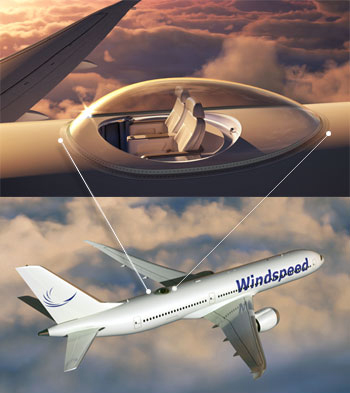
SP’s Aviation (SP’s): When was the idea for ‘SkyDeck’ first conceived?
Shakil Hussain (Hussain): It was conceived around mid-2014 and as of April 2015 the design is Patent Pending.
SP’s: When was the final design completed and the idea announced?
Hussain: We have completed the conceptual design phase at the moment and will start the final design phase as soon as we have confirmed orders. The idea was made public in May 2015.
SP’s: What was the design process like? Can you elaborate on the foreseeable hurdles?
Hussain: Many design hurdles had to be overcome including structural modification, structural integrity of the canopy to withstand a birdstrike and flight loads, condensation, noise levels, UV protection, aerodynamic drag, potential disruption to the vertical tail’s performance, safety, ingress and egress requirements per the FAA requirements, etc. We have succeeded in resolving all of these concerns. Considering the fact that Windspeed has been highly involved in major aircraft development programmes such as the B787-8, 787-9, 787-10 and the new 777X, the engineering needed for the SkyDeck is pretty straightforward.
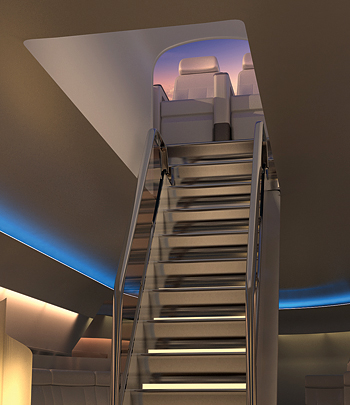
SP’s: What materials are used to make the SkyDeck?
Hussain: The elevator and staircase versions will basically be made of FAA-approved high strength aerospace grade aluminium alloy while the canopy will be made of the same high strength proprietary material as those used on supersonic fighter jets. The canopy will be made by a manufacturer who specialises in manufacturing fighter jet canopies.
SP’s: What design / technology / safety features does the SkyDeck have?
Hussain: The uniqueness of the design is that it allows passengers to safely position themselves at a safe semi-external location of the aircraft while enjoying a thrilling view. In addition, GPS systems will be integrated in the design of the platform and seats to provide the viewer with real-time position and flight information. The rotatable seats will come with seat belts and the complete SkyDeck will be designed to withstand all load requirements of the FAA.
SP’s: What will be the cost of installing the SkyDeck?
Hussain: Between $8 million and $25 million.
SP’s: When do you expect to begin rolling out the first SkyDecks?
Hussain: We have not received any orders yet. We, however, expect the first SkyDeck to roll out about 18 months from receipt of order. The aircraft down time will however be much shorter for the installation and test phase which is about 3-4 months.
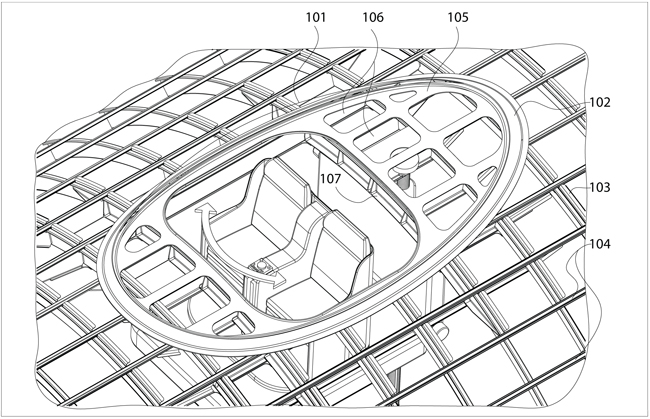
 |  | |
Interesting But Challenging
The regulatory agencies themselves would have to formulate rules and procedures to cater for the imponderables of this innovation which could expose its occupants to some unforeseen hazards. For commercial aviation, it could be a new source of revenue. The OEMs who would wish to integrate this concept on their aircraft will be required to cope with the new technological challenges. And above all, safety of the aircraft and passengers on-board will be of primary concern for all stakeholders. | “Fun” of Flying
With passengers becoming more and more discerning, airlines need to introduce a whole lot of factors which not only improve efficiencies on the modern airplane, but also make flying fun. ‘SkyDeck’ with a 360-degree view has all the potential of adding ‘fun’ to flying. Accordingly, the airline industry is witnessing several innovations wherein design is becoming prime, driven by the need to make the passenger comfortable, give a new experience and also create new avenues of revenue for the airline or operator, per se. The new concepts such as ‘SkyDeck’ are more than welcome. |





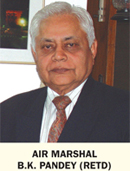 The concept of ‘SkyDeck’ is indeed unique and will certainly add value to airliners as well as the business jets. Technologically, there will be many challenges including in its design, fabrication, installation and its maintenance.
The concept of ‘SkyDeck’ is indeed unique and will certainly add value to airliners as well as the business jets. Technologically, there will be many challenges including in its design, fabrication, installation and its maintenance.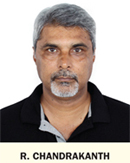 ‘SkyDeck’ is certainly going to transform the way some airline/corporate jet passengers may travel in the near future. Seated in a safe semi-external location on the aircraft, the passenger is promised of a totally new and thrilling experience.
‘SkyDeck’ is certainly going to transform the way some airline/corporate jet passengers may travel in the near future. Seated in a safe semi-external location on the aircraft, the passenger is promised of a totally new and thrilling experience. 